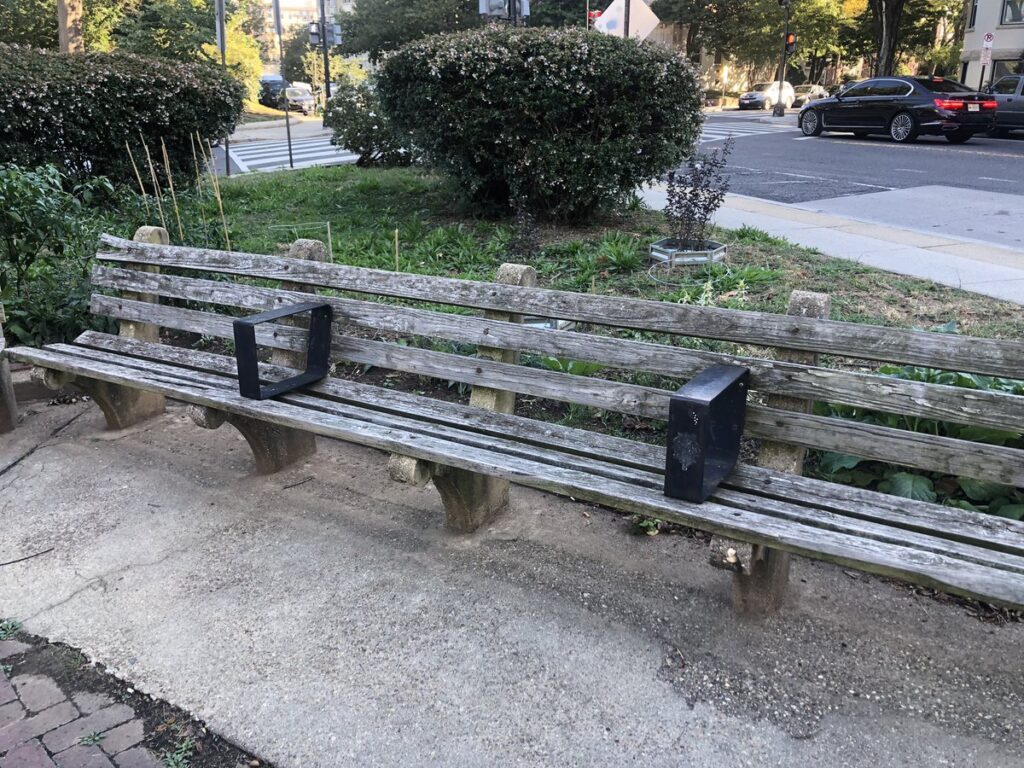November 1 marks the beginning of hypothermia season, a 5-month period of increased risk for anyone living outdoors. D.C. is legally required to develop a winter plan each year to handle the needs that cold weather places on individuals experiencing homelessness, especially increased need for shelter.
A press briefing on the 2015-16 winter plan was held November 13 at City Hall with Department of Human Services Director Laura Zeilinger and Interagency Council on Homelessness (ICH) Executive Director Kristy Greenwalt. The briefing primarily reiterated information about the plan that was originally released September 1.
The plan has been the target of skepticism for what some have considered to be conservative estimates of the number of individuals who will be seeking shelter. According to the ICH, when they provided the estimates they took into account projections of the number of exits from shelters that will result of various ICH initiatives. Zeilinger added that the plan’s success would not be measured on the accuracy of its projections, but on the ability of the District to meet each need that presented itself.
Greenwalt emphasized that a data-driven approach had been employed in constructing the plan. She said that more data would be available in other areas, thanks to several new technologies and approaches involved in this year’s plan.
Families will be housed in motels when space in shelters has been exhausted. Individuals will be given emergency shelter in recreation center locations if rendered necessary by a Hypothermia Alert. According to Greenwalt, they expect to need 1600 private units for single adult men and 500 for single adult women. All overflow housing will be located in the District.
ICH and DHS are not able to provide estimates for the number of youth who will need shelter this winter. During August 2015, the District government conducted its first Homeless Youth Census. Based on the new data this census provides, ICH plans to release a strategy regarding youth homelessness in January 2016.
According to the plan, ICH currently has provisions to house 226 youth age 18-24, or Transition Aged Youth (TAY). At the November 13 briefing, Zeilinger estimated that nearly 40% of TAY identify as LGBTQ. Acknowledging these high numbers, ICH has added 12 housing units specifically for these clients, several of them with Casa Ruby.
Last winter, 103 Hypothermia Alerts were issued. This winter, the protocol has been broadened to issue Hypothermia Alerts not only on nights forecasted at 32 degrees or below including wind chill, but also on nights forecasted at 40 degrees or below when the likelihood of precipitation is forecasted at 50% or higher. As a result, ICH anticipates an increase in the number of alerts issued this winter season.
ICH has also increased their transportation resources for this winter with 9 new vans operated by the United Planning Organization (UPO) for transportation to shelters. In tandem, ICH is currently testing a new app called Hope One Source, originally developed in relation to the recovery efforts for the Haiti earthquake in 2010. According to Greenwalt, ICH hopes to track transportation response times and make note of the “outcomes of those engagements” using this new technology. Established methods of contacting UPO transportation are the 311 app and the transportation hotline (1-800-535-7252).
“We expect that we’ll be able to decrease our response time with these added transportation resources,” Zeilinger said, although she was unable to offer statistics on what response times have been in the past.
For more information on the winter plan, visit ich.dc.gov.








